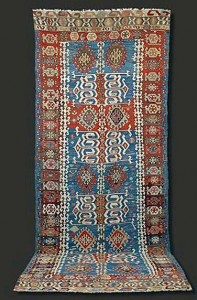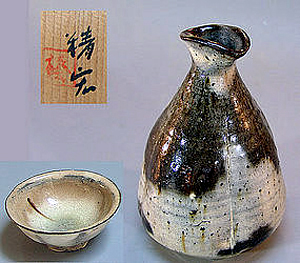Venter’s Celebrity Bacterium: The Faucet Drip That Would Be a Monsoon
Monday, May 24th, 2010 Last week, bio-entrepreneur icon Craig Venter burst yet again into the limelight. He announced that a team under his direction inserted a chemically synthesized genome into Mycoplasma and succeeded in getting the resulting bacterium to propagate. The work duly appeared in Science and the predictable shouting ensued, from fears that humans are “playing God” to hails of “artificial life”.
Last week, bio-entrepreneur icon Craig Venter burst yet again into the limelight. He announced that a team under his direction inserted a chemically synthesized genome into Mycoplasma and succeeded in getting the resulting bacterium to propagate. The work duly appeared in Science and the predictable shouting ensued, from fears that humans are “playing God” to hails of “artificial life”.
Several important issues got lost in the din. Let’s leave the obvious potential objections aside – after all, humans started futzing the moment their frontal cortex became prominent and the consequences of this, intended and not, have decisively affected earth and all life on it. Instead, let’s examine the clothes of this emperor closer up. To stick with the metaphor, Venter’s latest is like exactly reproducing a large cloak onto a new piece of fabric identical to that of the original. It’s not like creating a new garment or even cutting and pasting from previous garments to make a quilt, crazy or otherwise.
The Venter work is not a discovery, let alone a paradigm shift. It’s a technological advance and even then not of technique but only of scale. The experiment is merely an extension of a well-known principle that every biology lab uses routinely: namely, that bacterial genomes can be modified almost at will (barring a few indispensable regions) and in such ways as to turn the bacteria into potent mini-factories for specific proteins. The Venter bacterium is actually pedestrian because it carries an exact duplicate of a naturally occurring genome. Its only artificial aspects are the molecular “flags” that its makers included in the synthesis to mark the artificial genome for further tracking – standard operating procedure in all such modifications.
Most decidedly, this is not artificial life (though I hasten to add that there is nothing mystical or long-term unknowable about components of living cells and organisms, including the eventual ability to tweak them). To propagate the synthesized chromosome, the Venter team used a bacterium whose endogenous DNA had been removed but was otherwise intact. This means that they used existing natural components to do the real task of propagation – the entire structure and machinery of the host cell. This makes the endeavor even less groundbreaking than injecting genetic material into a mammalian egg or stem cell (as was done to produce Dolly the sheep with far less advanced technology).
Lastly, this does not bring us a single step closer to engineering customized functions, from vacuuming up oil spills, excess CO2 or methane to producing chlorophyll or unique drugs. Creating a synthetic cell totally de novo is theoretically doable but far below the event horizon. Altering existing genes and/or creating ones for novel functions is more distant still, because making the coding part is only a small part of the task — if we figure out how to get them to encode it, for starters. Persuading them to express at the right place and time is equally crucial. So is coaxing them to work in eukaryotic cells which, unlike easy-going bacteria, have carefully guarded compartments – the nucleus in particular.
 In short, the Venter endeavor was expensive, glitzy – and banal. My advice to bioethicists is to save their energy for truly fearsome items, such as recombinant bacteria or viruses that may arise from species pushed together by abrupt dislocations of habitats (and for the inevitable push for a broad research-suffocating patent from this work). I’ve done far more “dangerous” work in my near-constant cloning than this sheep attempting to pass as a wolf… nay, a lion.
In short, the Venter endeavor was expensive, glitzy – and banal. My advice to bioethicists is to save their energy for truly fearsome items, such as recombinant bacteria or viruses that may arise from species pushed together by abrupt dislocations of habitats (and for the inevitable push for a broad research-suffocating patent from this work). I’ve done far more “dangerous” work in my near-constant cloning than this sheep attempting to pass as a wolf… nay, a lion.
Note 1: The article is now featured at Huffington Post.
Note 2: The article has also been reprinted at io9.









